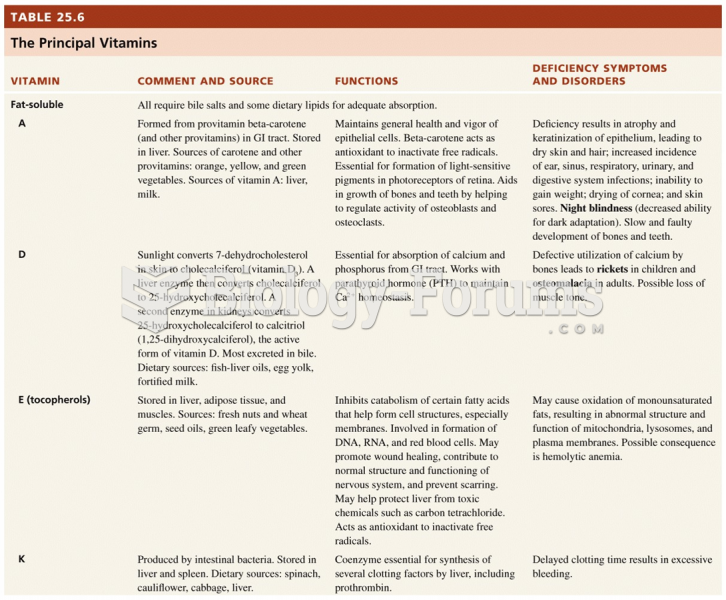Answer to Question 1
Altered nutrition-related laboratory values (blood glucose) related to insufficient insulin administration as evidenced by hyperglycemia (68 3mg/dL admit) and HbA1c value of 14.6.
Food- and nutrition-related knowledge deficit related to limited exposure to diabetes education as evidenced by patient's new diagnosis of type 1 diabetes mellitus.
Inconsistent carbohydrate intake related to limited exposure to diabetes education as evidenced by patient diet history and patient's new diagnosis of type 1 diabetes mellitus.
Impaired nutrient utilization R/T inadequate insulin AEB blood glucose serum value of 724 mg/dL and C-peptide of 0.10 ng/mL.
Underweight R/T impaired glucose utilization AEB BMI below 25th percentile.
Answer to Question 2
Energy using Schofield equation for females 10-18 years and PA level of 1.31 (value for active female, 3-18 years):
REE = 8.365W + 4.65H + 200
= 8.365 (37 kg) + 4.65 (152 cm) + 200
= 1216 x 1.31 = 1593 kcal/d
Estimated Energy Requirement (EER) for females 9 through 18 years developed by the Institute of Medicine:
EER = 135.3 30.8 x age + PA x (10.0 x weight + 934 x height) + 25
= 135.3 30.8 x 12 + 1.56 x (10.0 x 37.27 + 934 x 1.524) + 25
= 2592.64 kcal/d
Note: PA = 1.56 for very active
DRI for females 9 through 13 years = 2071 kcal/day
Energy requirement = 2100-2600 kcal/day
Protein RDA for females 9 through 13 years = 0.95 g/kg/day
Protein = 0.95 x 37.27 kg = 35.41 g or 35 grams/day







